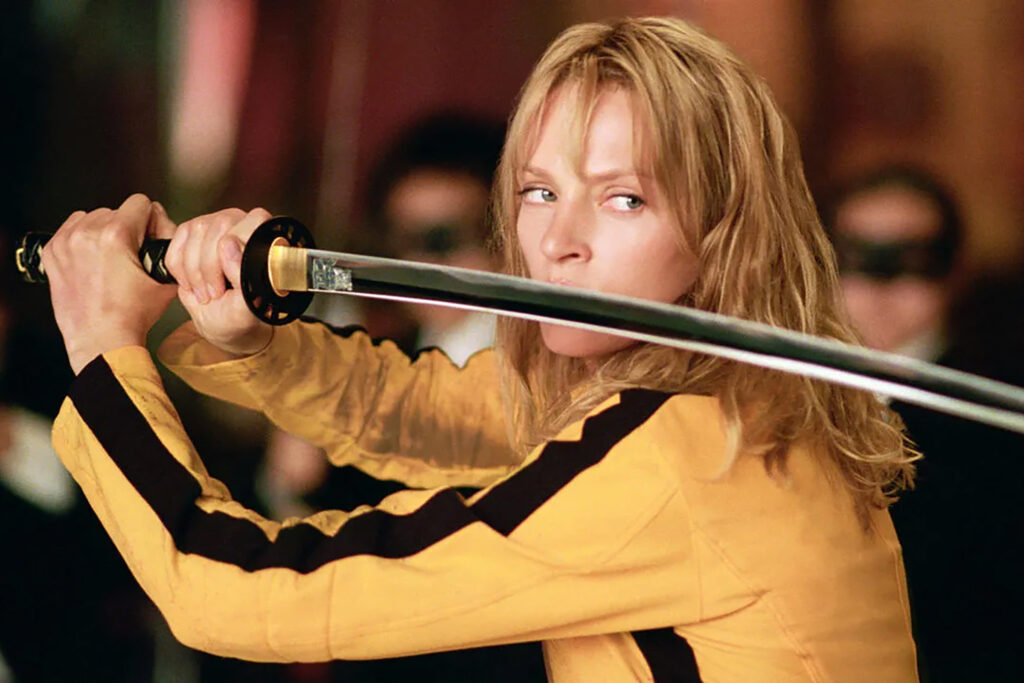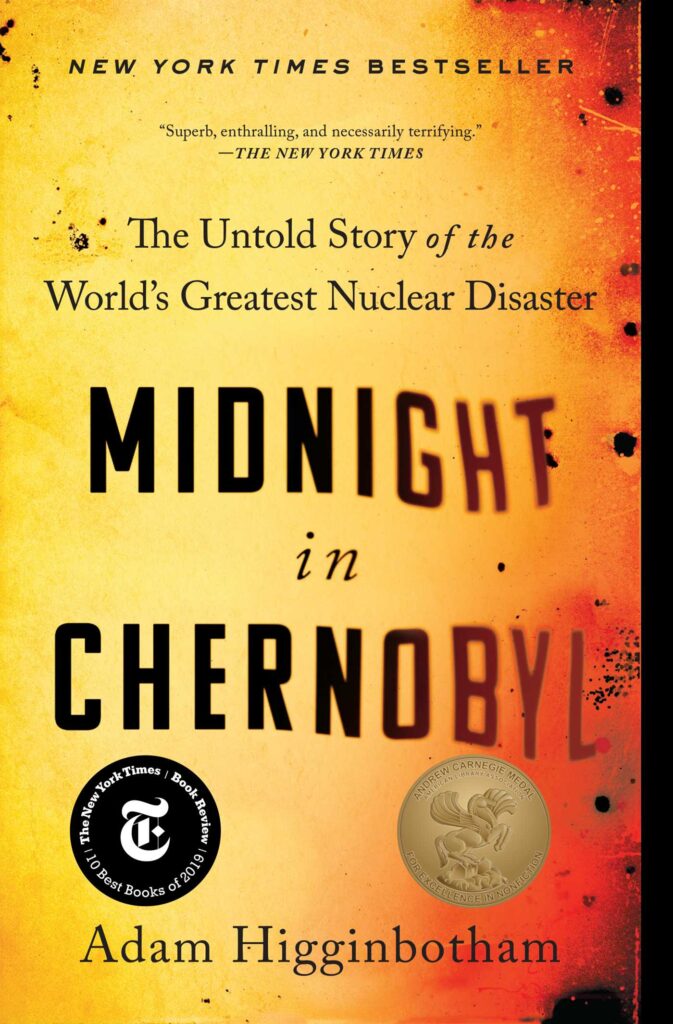-
Making a song a week
A project that I worked on in 2023 — composing a song each weekend. This amounted to 52 tracks that dabbled across a variety of genres: lo-fi, dance, techno, rock, post rock, experimental, and a mixed mash of notes that sounded interesting. Only one of them contains vocals (Shakespeare fans should recognize it).
I uploaded them all to YouTube as five albums: one for each quarter and a “best of” containing 16 of the tracks that I thought were the best. Each quarter album is 30 to 35 minutes, and the Prize Picks album is about 50 minutes. Feel free to listen however you’d like.
- Q1 – https://youtu.be/35DVLDgb55M
- Q2 – https://youtu.be/H3PxfKosYQU
- Q3 – https://youtu.be/Fqf72j_YEtw
- Q4 – https://youtu.be/VFMeKyt35oU
- Prize Picks – https://youtu.be/Nt7N_K90lQo
I hope you enjoy listening to the songs as much as I enjoyed creating them.
For those that are curious as to how I did this, I used virtual instruments and loops/samples (which are prerecorded snippets of music) in Garage Band (Apple’s basic music creation software). You can either drag the loops or compose notes on a digital piano roll. When I did compose notes, I did plenty of googling about scales and chord progressions and majors and minors, oh my. Some instruments you can customize with guitar pedals, amps, and other fancy effects. A professional audio engineer will probably give me the stink eye for my mixing skills, but whatever.
Some days I had an idea, whether that was a particular sound or feeling, and there were other days where I just fiddled around until I got something I was satisfied with. Some tracks are goofy and there are some tracks that are personal.
-
Kill Bill in 4k

It’s been of the 20 years since I’ve watched Kill Bill vol 1 and 2, Quentin Tarantino’s homage to 70s era kung fu action movies and Japanese cinema. That’s a long enough time that upon rewatch, it was like experiencing them for the first time again – only this time in 4K with surround sound, not a bad DVD copy on a CRT computer screen with minute speakers.
Both movies still hold up. Colorful costumes and cinematography, engaging dialogue, an excellent stunt work in choreography for the fight scenes, particularly the nod to Lady Snowblood.
In Kill Bill Volume 1, The Bride (Uma Thurman) faces off against O-ren (Lucy Liu) in a snow covered garden.
-
The brain washes itself during sleep
Scientists uncover how the brain washes itself during sleep.
Scientists think sleep is the brain’s rinse cycle, when fluid percolating through the organ flushes out chemical waste that accumulated while we were awake. But what propels this circulation has been uncertain. A study of mice, reported today in Cell, suggests regular contractions of blood vessels in the brain, stimulated by the periodic release of a chemical cousin of adrenaline, push the fluid along.
-
More details on the Musk Coup
Three articles regarding the ongoing Elon Musk coup.
The newsy bits from the Verge, Elon Musk’s rapid unscheduled disassembly of the US government, particularly the GSA:
The GSA, an agency most of us have never had to think about, is in charge of buildings, sure. But also it runs an awful lot of the technical infrastructure of the government — it is basically the feds’ IT. If the US government were a brain, the GSA is the brain stem, the part that manages heartbeats and breathing so they’re below the level of thoughts.
The US Treasury has designated DOGE an insider threat:
Members of Elon Musk’s Department of Government Efficiency (DOGE) team have had access to the US Treasury Department’s payment systems for over a week. On Thursday, the threat intelligence team at one of the department’s agencies recommended that DOGE members be monitored as an “insider threat.”
And Mike Masnick sums it up, No people didn’t vote for this:
The campaign promised economic relief: cheaper eggs and lower gas prices. Instead, voters got an unelected tech billionaire systematically dismantling federal agencies, surrounded by a coterie of 4chan edgelord trolls LARPing as cabinet secretaries, all operating without congressional oversight or constitutional authority. They voted for economic stability and got the effective end of the American Constitutional Republic instead.
-
Tom Brady’s Superbowl watch
If you watched Superbowl 59 yesterday, you most likely saw Tom Brady’s wrist shine brighter than the sun.Turns out it’s a $740,000 piece with 338 yellow sapphires, 338 diamonds, and an 18k yellow gold case.
-
The evil housekeeper problem
The evil housekeeper problem refers to a concept in computer security where once somebody is in the room where your computer is, security of that device can no longer be guaranteed. And right now, we are seeing this play out in real time with Elon Musk and DOGE.
You might think that there would be technical measures to stop someone right out of high school from coming in and changing the code to a government system. That the system could require two-factor authentication to deploy the code to the cloud. That you would need a smart card to log in to a specific system to do that. Nope—all those technical measures can be circumvented by coercion at the hands of the evil housekeeper.
-
Midnight in Chernobyl by Adam Higginbotham

Midnight in Chernobyl is a meticulous examination of the Chernobyl disaster. It accounts for the bureaucratic neglect the Soviet system grew into that contributed towards key events. Neglect that contributed to the way the plant and reactor were designed, the town and state response, and the attempted cover up. Plus, it tells of the horrific human toll paid by those exposed to the radiation.
-
Scent Makes a Place
Sniffing, searching, naming: These actions enable us to more thoughtfully engage with our environment.
Katy Kelleher connects how scent shouldn’t be discounted as one of our senses. Scent makes a place, both physical as to where we are in the world at a particular time and the emotion and memories it evokes. With the background as a perfumer, they illustrate the importance unique smells brought to different cultures. Historically, language has had difficulty accurately translating or describing smell despite the power it can evoke.
Helen Keller called our sense of smell the “fallen angel.”
“It is difficult to put into words the thing itself,” she wrote. “There seems to be no adequate vocabulary of smells, and I must fall back on approximate phrase and metaphor.”
-
Homemade crunch bars
Do you like chocolate, peanut butter, a gentle but satisfying crunch with a light touch of salt? Here’s a super easy homemade crunch bar recipe in 15 minutes (plus chill time).
-
This is the Tom Green Documentary
This is the Tom Green Documentary is an insightful work of nostalgia, showing his rise, how he made it work, and how he understood media and technology. The documentary serves as a segue to his new reality series on Prime.
He performed TikTok, street style pranks before Gen Z was born. He executed Jackass style physical stunts before the Jackass crew got together. He even produced a web stream talk show before podcasting became a word.
Green’s parents and friends all appear, and towards the end, there’s a contemplative aura about him.
